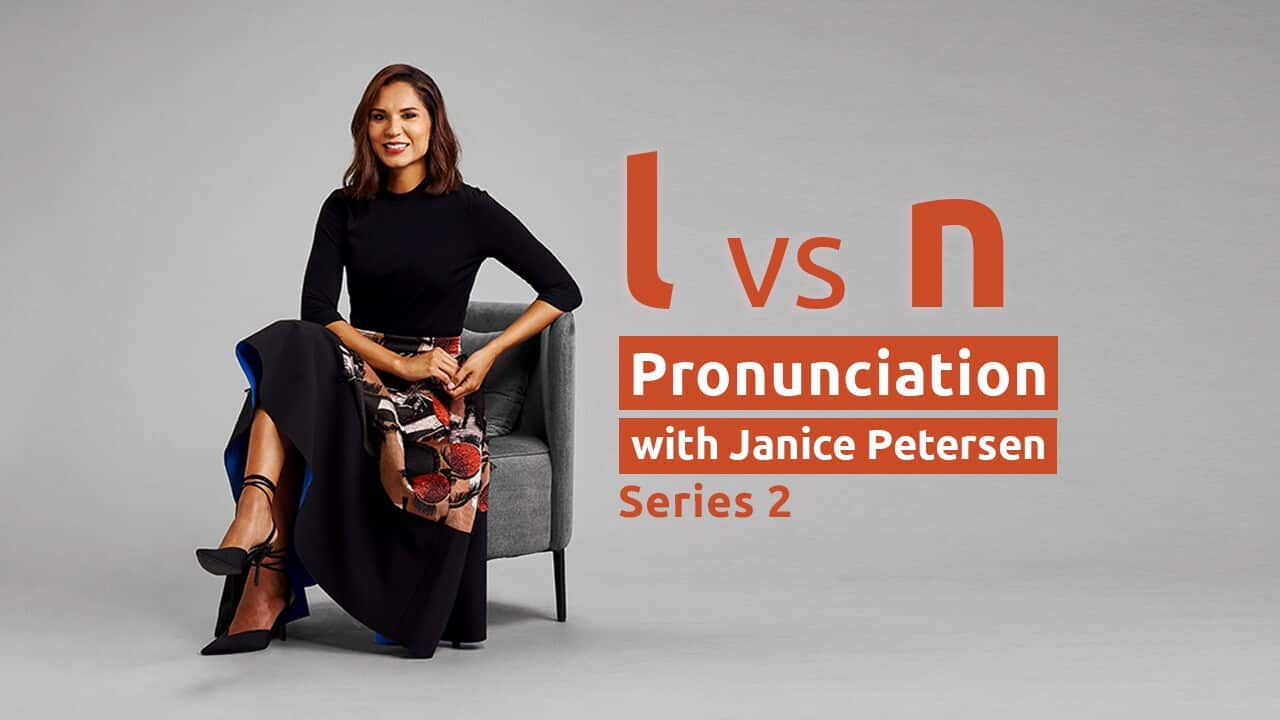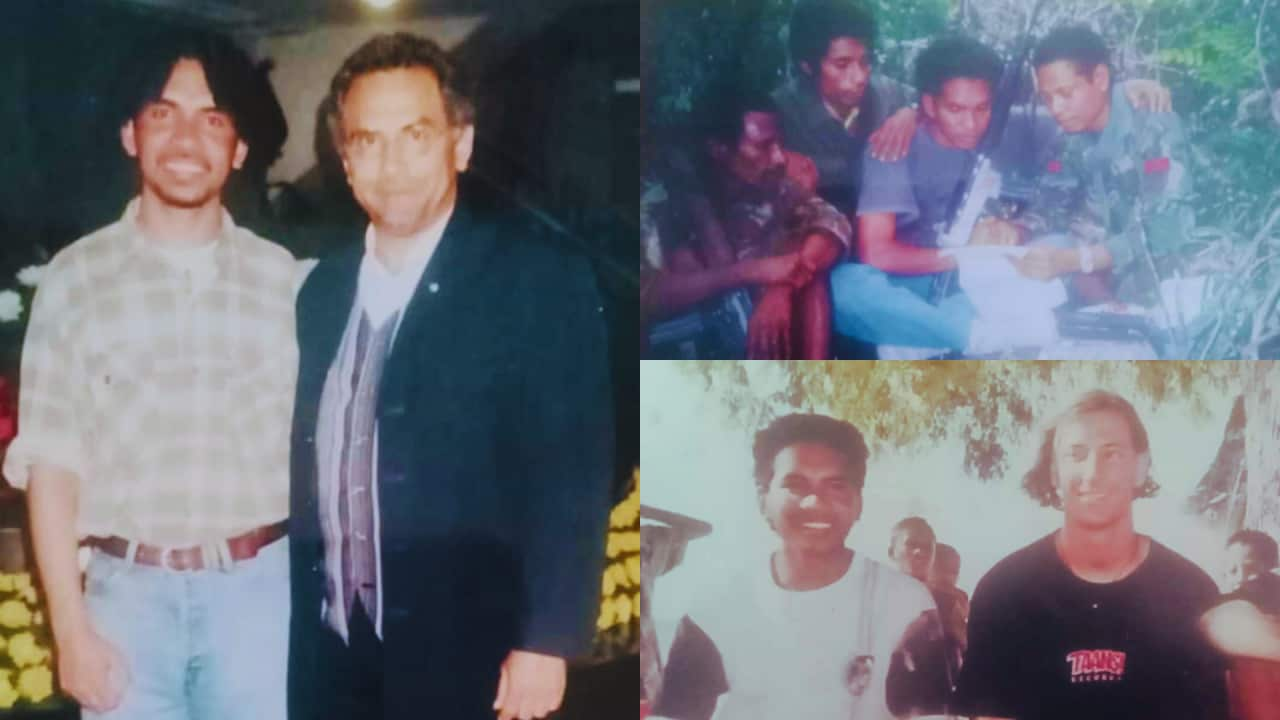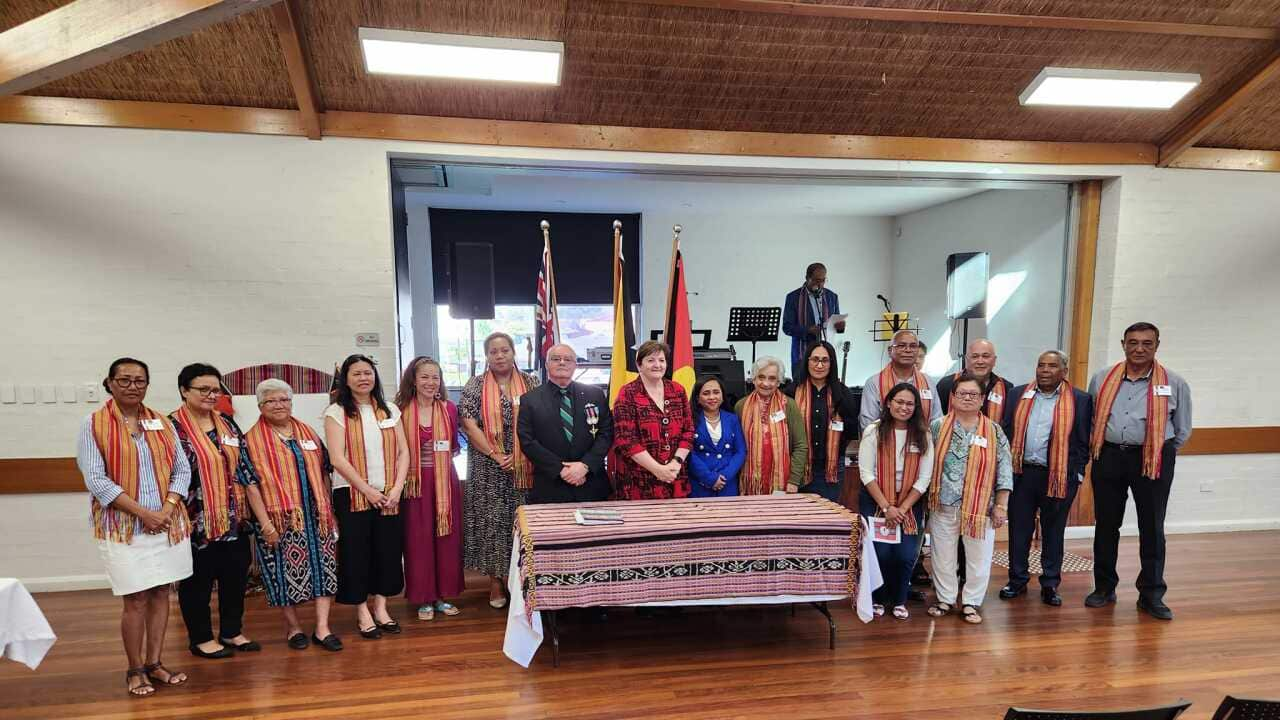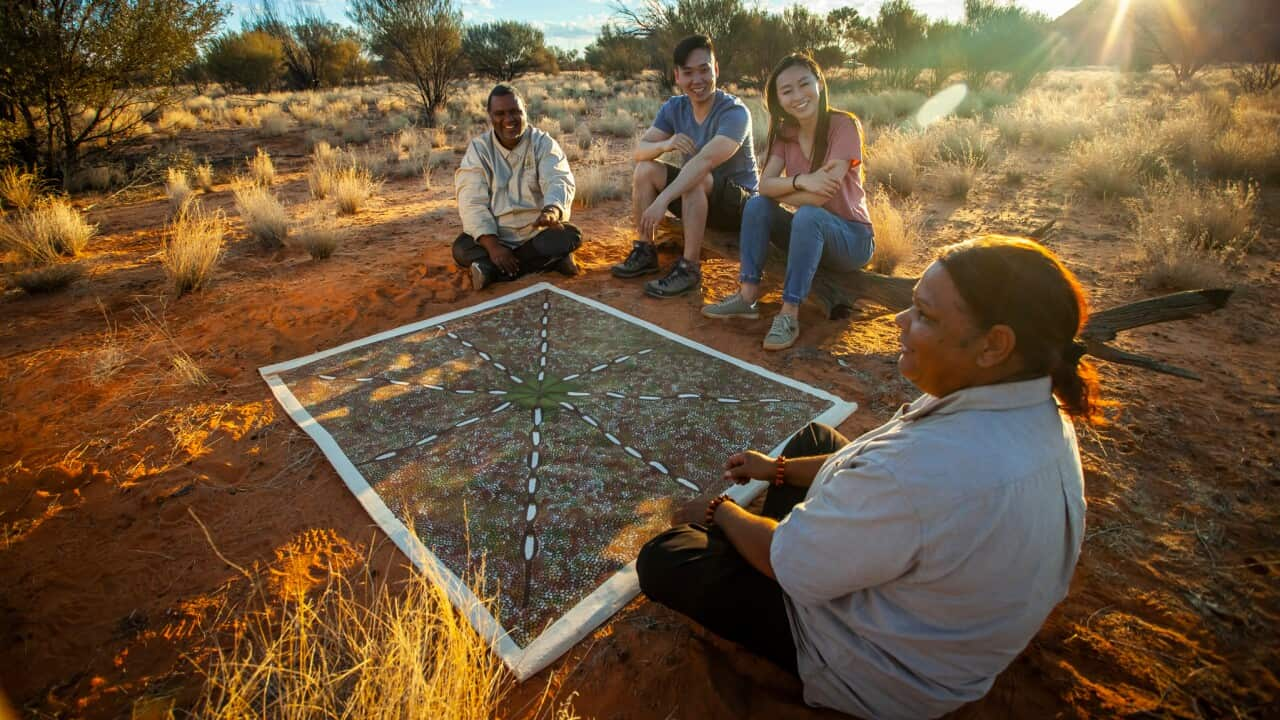Pontu Chave Sira:
- Objetivu aprendizajen: Bele pronunsiá /l/ no /n/
- Influénsia lian primeiru: /l/ pronunced as /n/ iha lian diagraph (liafuan sira ne'ebé kompostu husi lian konsonante no vowel, ezemplu, thrill no train) mak erru sistemátiku ne’ebe ema halo sala liu-liu ba sira ne’ebe uza lian Ingles hanesan lian segundu. /l/ no /n/ difisil liu-liu ba orador L1 Arabiku, orador kantones, orador sira husi South Western Mandarin, no orador sira husi rai-Rusia, Turkey. /n/ dezafiu ba orador Italia no Croasia sira. /n/ bele prodús nasionalizasaun vowel iha orador Japaun sira.
- Eskritura ba prátika: Ami fó naroman foun ba Tinan Foun Lunar Iha kalan nakukun, ami fó naroman foun ba Diwali Ba kalan ualu, ami fó naroman foun ba Hanukkah.
- Minimu Par: /l/ light, low, line, lot, lap, thrill /n/ night, no, nine, not, nap, train.
sei azuda imi pratika imi nia lian Inglês, atu azuda mos komprende lian ne'e no azuda imi halo ligasaun iha Australia.
Lisaun ida ne'e aplika ba ema hotu nia nivel Inglês.
If you missed the first season of our popular podcast, now's your chance to catch up!
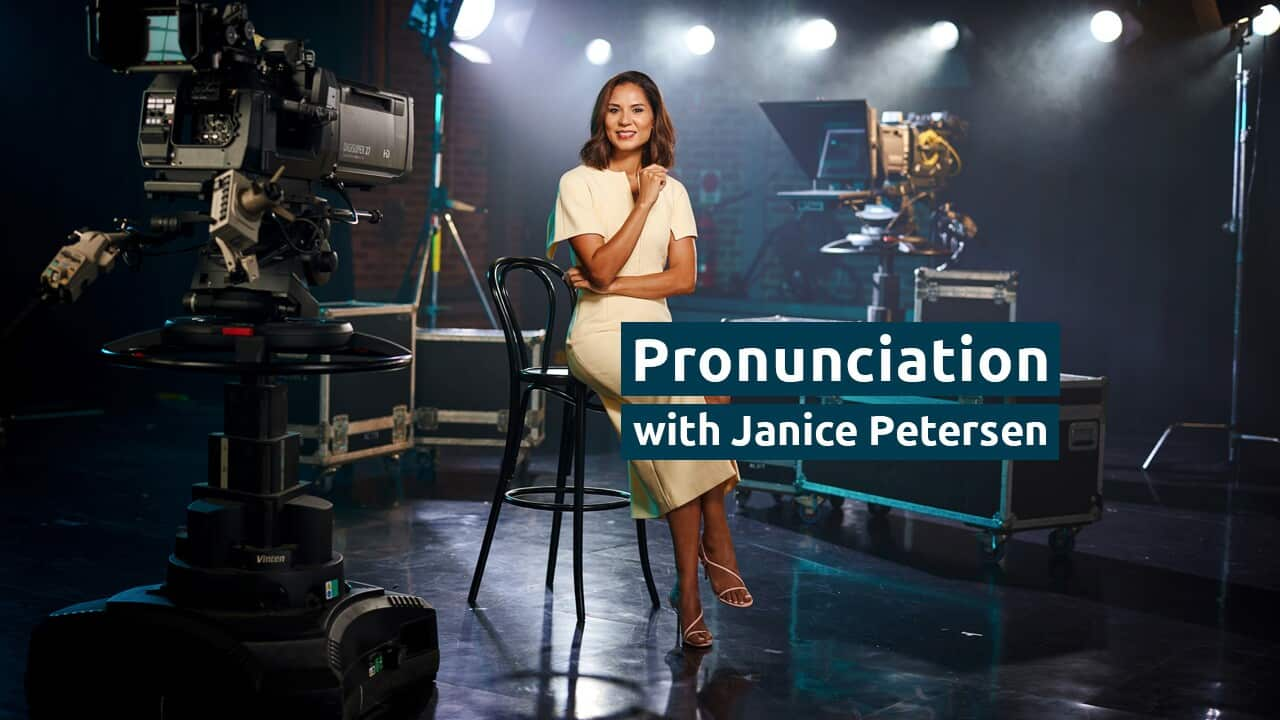
Improve your pronunciation | Season 1
Transcript:
(Note: This is not a word-for-word transcript)
Hi! I’m Janice Petersen. You might recognise me from SBS World News. As a news reporter I must speak clearly and be very careful about how I pronounce places and names. People have even said that I’ve become a queen of pronunciation!
Some of my favourite SBS World News stories are when we show people from many different cultures in Australia celebrating special times of the year.
Some of my favourite festivals are related to light, such as Lunar New Year, celebrating the first new moon of the lunar calendar; Diwali, symbolising the victory of light over darkness; and Hannukah, also known as the festival of lights.
All three festivals are celebrated by lighting candles, lanterns, or oil lamps. They remind me of this tongue twister:
We light a new light for the Lunar New Year,
In the dark of the night, we light a new light for Diwali
For eight nights, we light a new light for Hanukkah
This tongue twister is also a great way to practice pronouncing the /l/ [le] in light and the /n/ [nnnn] in night. They sound similar, so let’s start by finding out what the difference is.
With the /l/ sound, keep your mouth slightly open and relaxed. Place the tip of your tongue against the back of your top teeth then flick it. Let’s pretend we’re singing, la la la. Okay, let’s practice:
- Light
- Low
- Line
The /n/ sound starts the same way as /l/ by placing your tongue at the top of your mouth. But this time, find the ridge behind your teeth and put the tip of your tongue flat against it.
This placement of your tongue will block the airflow out of your mouth, so that the air goes through your nose instead. It will make a nasal sound. Let’s give it a try:
- Night
- No
- Nine
Did you hear the nasal sound?
Next, let’s try the sounds in the word pairs. If you like, you can repeat after me:
- Light - night
- Low - no
- Line - nine
We can practice these sounds in the first line of the tongue twister:
We light a new light for the Lunar New Year
Option 1: Who’s with us today? Students… OK. Let’s try the whole tongue twister.
Option 2: OK. Let’s try the whole tongue twister. Take a listen to these learners from the Auburn Library Conversation Group have a go:
Students
We light a new light for the Lunar New Year,
In the dark of the night, we light a new light for Diwali
For eight nights, we light a new light for Hanukkah
They did such an amazing job.
I hope you’ve enjoyed learning about the different ways of saying the /l/ and /n/ sounds. Tonight, when you turn on a light, practise it again.
I hope you enjoy your next festival in Australia with friends and family.
CREDITS
Thanks to our educational consultant, Natalie Oostergo from IES College and learners from the Mosman Council Conversation Class.
